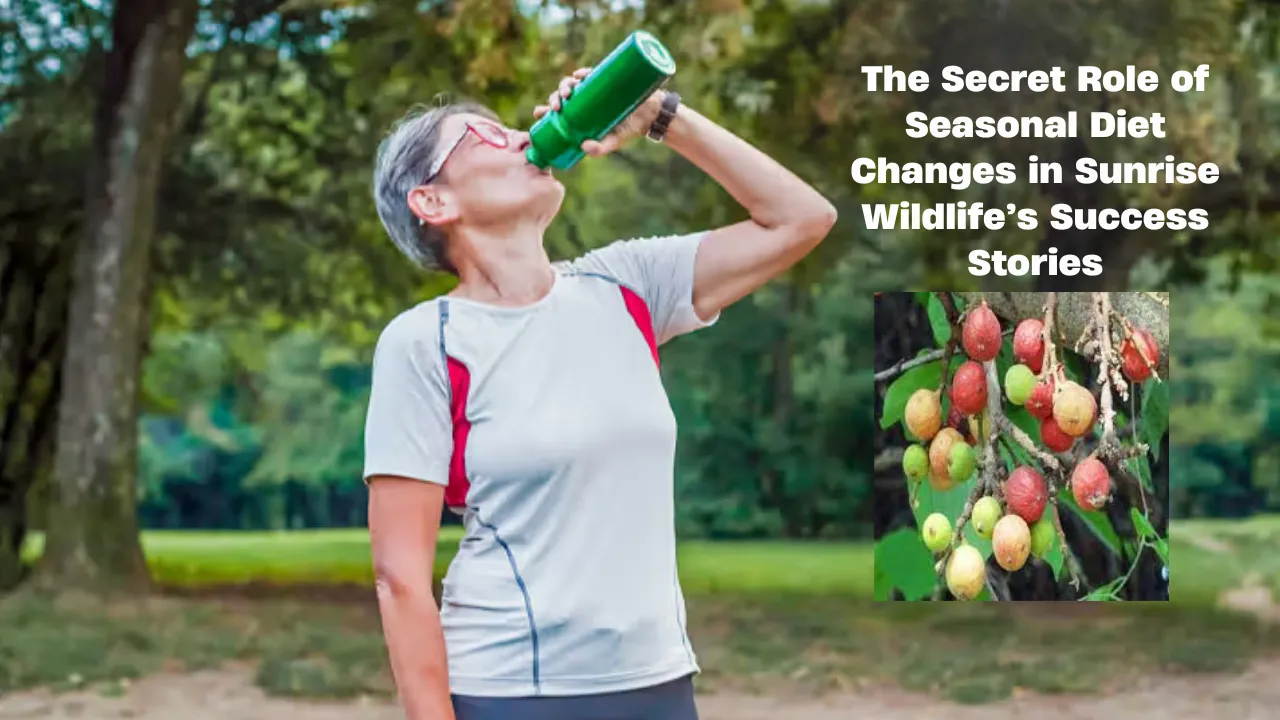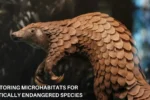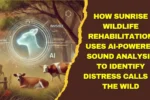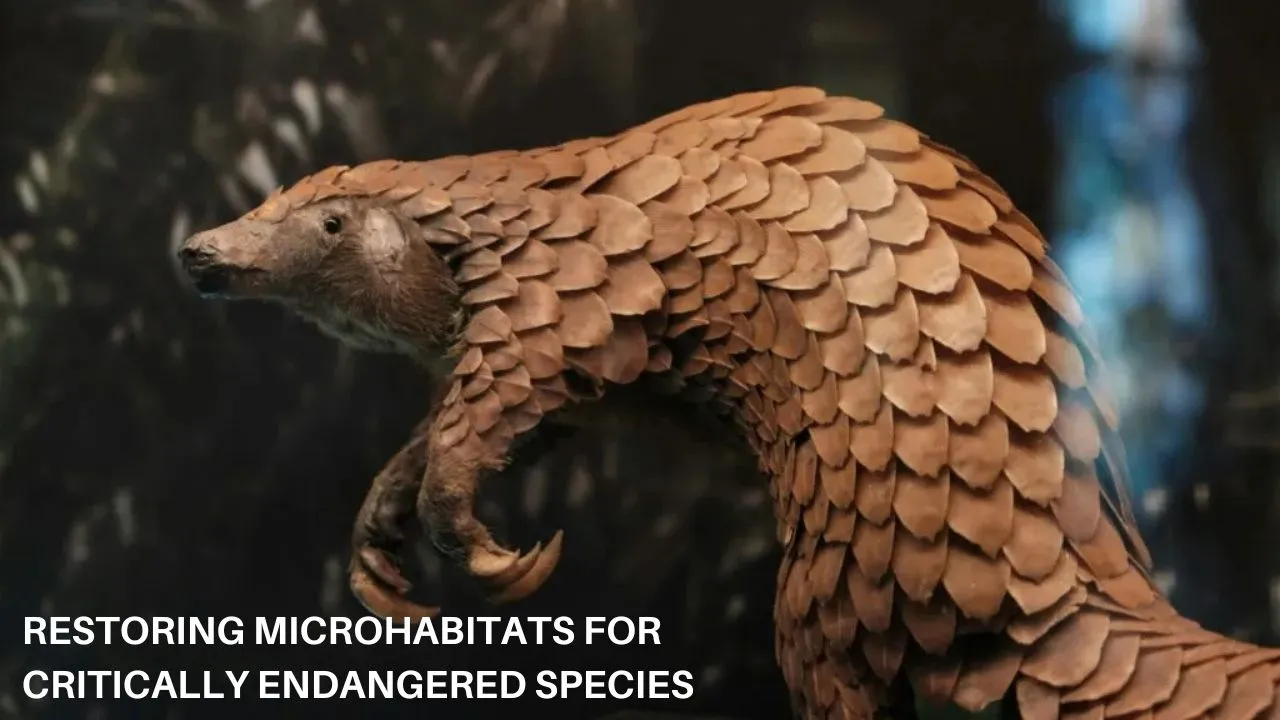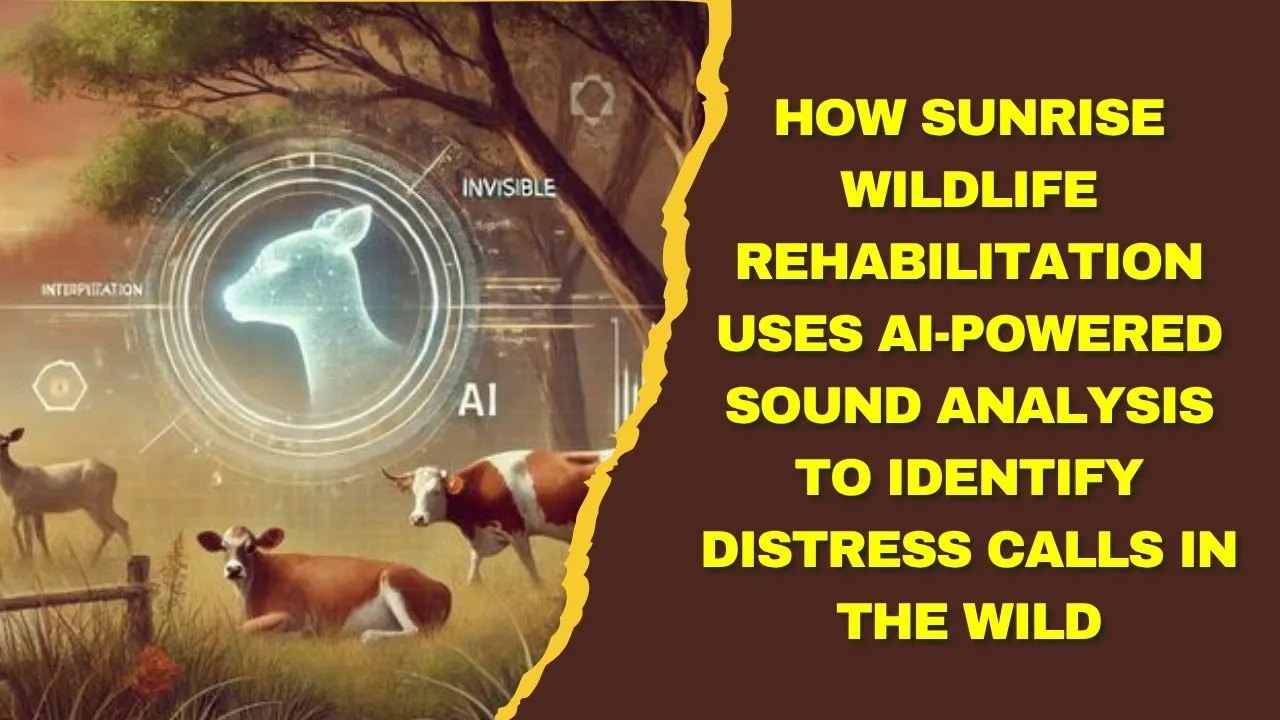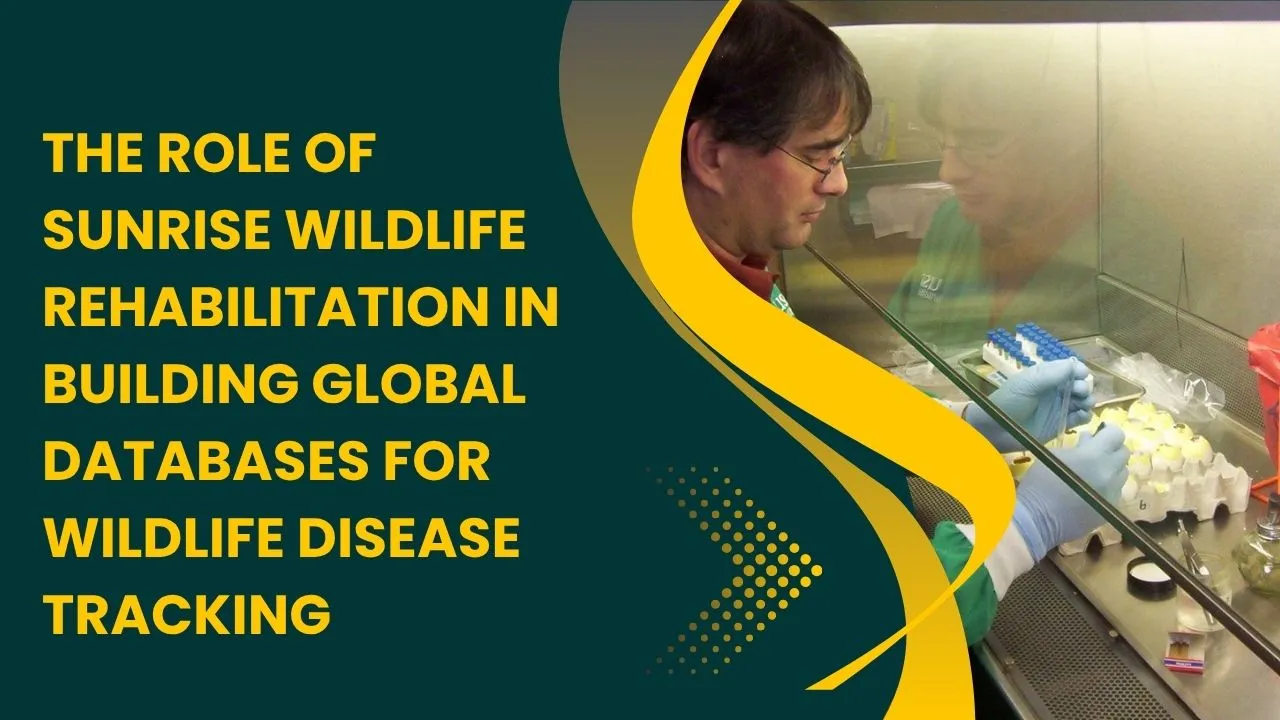The Role of Seasonal Diet Shifts in Recovery at Sunrise Wildlife is more than a feeding philosophy — it is a lifeline for injured and orphaned animals. At Sunrise Wildlife, staff have learned that nutrition must follow the same rhythm as nature itself. Each season brings different foods, nutrients, and challenges, and these changes can directly influence an animal’s speed of recovery and readiness for release.
This article takes you inside that process. You’ll discover how Sunrise Wildlife adapts diets across spring, summer, autumn, and winter to match what animals would naturally eat in the wild. We’ll explore why these changes matter, how they influence behavior, and the direct benefits staff have observed from this seasonal approach.
The Role of Seasonal Diet Shifts in Recovery at Sunrise Wildlife
Seasonal diet shifts are a vital part of rehabilitation at Sunrise Wildlife. By aligning an animal’s food with the natural seasonal cycle, the center supports not just physical healing but also behavioral readiness for life outside care. Spring diets focus on growth-rich greens and protein-heavy insects, summer brings energy-packed fruits and hydration, autumn emphasizes high-calorie nuts and seeds, and winter ensures animals have enough stored energy to withstand the cold. This approach mirrors wild feeding patterns, helping animals maintain instinctive behaviors while still meeting the nutritional demands of recovery. It’s a strategy built on observation, experience, and a deep respect for how nature works.
Overview of Seasonal Feeding at Sunrise Wildlife
| Season | Key Food Sources | Nutritional Focus | Main Goal in Recovery |
| Spring | Fresh greens, sprouts, insects | Vitamins, protein for growth | Rebuild energy and support breeding prep |
| Summer | Fruits, diverse insects, hydrating plants | Hydration, balanced energy | Maintain weight and strength |
| Autumn | Nuts, seeds, root vegetables | Healthy fats, slow-release carbs | Prepare for colder months |
| Winter | Stored nuts, protein supplements | Calorie density, immune support | Maintain weight and survive low food availability |
Understanding Seasonal Diet Shifts
In the wild, animals adapt their diets according to the time of year. At Sunrise Wildlife, this principle is applied to rehabilitation. Animals recovering from injury or illness are given foods that mimic what they would naturally find in their habitat during that season. For example, insect-rich diets in spring help rebuild muscle in birds, while fat-heavy autumn meals prepare mammals for cooler weather after release.
The idea isn’t just to heal — it’s to restore an animal’s natural connection to seasonal food patterns, ensuring survival beyond the safety of the rehabilitation center.
Why Diet Matters in Recovery
Recovery isn’t only about treating wounds or fighting infections. Nutrition plays a central role in how quickly and completely animals heal. The right diet can improve feather growth, strengthen bones, restore muscle, and boost immunity.
At Sunrise Wildlife, feeding plans are customized not only for the species but also for the season. A raptor recovering in the summer may get lean proteins and hydration from fresh prey, while a hedgehog in winter may receive calorie-dense food to maintain weight in colder enclosures.
Spring Diets at Sunrise Wildlife
Spring is a turning point for many animals. After the scarcity of winter, the landscape bursts with new growth, and diets reflect this abundance. At Sunrise Wildlife, spring feeding often includes:
- Tender greens rich in vitamins A and C
- Protein-heavy insects like mealworms and crickets
- Early berries that provide hydration and natural sugars
These foods help replenish depleted energy stores, support breeding readiness, and encourage natural foraging behaviors in preparation for release.
Summer Feeding Strategies
Summer is the season of plenty. With longer days and warmer temperatures, both plant and insect populations thrive. This season is ideal for building strength and stamina.
Common summer foods at Sunrise Wildlife include:
- Fresh berries and melons for hydration
- A variety of insects for balanced protein intake
- Tender plant shoots and wildflowers for trace minerals
Feeding patterns are adjusted for each species, ensuring no animal overheats or becomes dehydrated during recovery.
Autumn Nutrition Adjustments
Autumn signals preparation for leaner times. In the wild, many species build fat reserves to survive winter. At Sunrise Wildlife, autumn feeding is focused on:
- High-fat nuts and seeds for sustained energy
- Root vegetables for slow-release carbohydrates
- Late-season fruits for a final vitamin boost
These changes help animals gain healthy weight before release, especially those being reintroduced close to winter.
Winter Care and Diets
Winter is the most challenging season for food availability in nature. For animals in rehabilitation, it’s also a period where their bodies demand more energy to stay warm. Sunrise Wildlife provides:
- Stored nuts and seeds for calorie density
- Protein substitutes when insects are scarce
- Warm, energy-rich food mixes for indoor recovery
This ensures animals do not lose critical body mass and can continue building strength until spring returns.
How Seasonal Diets Aid Natural Behavior
One of the hidden strengths of seasonal feeding is behavioral conditioning. Feeding squirrels nuts in autumn triggers caching instincts. Offering migratory birds seasonal berries can stimulate restlessness, encouraging them to follow natural migration patterns.
By reinforcing these behaviors, Sunrise Wildlife increases the chances that released animals can survive without human support.
Benefits Seen at Sunrise Wildlife
The center has documented several clear benefits from seasonal diet shifts:
- Faster healing times for injuries
- Stronger immune responses
- Improved post-release survival rates
- Enhanced natural behaviors and instincts
Animals are not just healthier — they are better prepared for the realities of life in the wild.
Common Challenges in Seasonal Feeding
Not every season goes as planned. Harsh weather can reduce the availability of certain foods. Some animals in care might refuse unfamiliar seasonal foods. To overcome these challenges, Sunrise Wildlife:
- Stores surplus food from abundant seasons
- Works with local farmers and suppliers
- Introduces new foods gradually to avoid digestive upset
Flexibility ensures no animal goes without essential nutrients.
Key Points for Seasonal Diet Success
- Match rehabilitation diets to the natural seasonal cycle.
- Adjust food types based on recovery stage and species needs.
- Gradually introduce seasonal changes to support digestion.
Following these steps helps ensure animals are both physically and behaviorally ready for life beyond the center.
FAQs
1. Why are seasonal diets important in wildlife recovery?
They ensure animals get the right nutrients at the right time and help maintain natural instincts.
2. Are all species fed the same foods in each season?
No. Diets are tailored to each species’ needs and recovery goals.
3. What if seasonal foods aren’t available?
The center uses stored supplies or safe alternatives to match the nutritional profile.
4. Do seasonal diets affect release success?
Yes. Animals with season-matched diets are more adaptable and better prepared for survival.
5. Can this method help endangered species?
Absolutely. It can improve health outcomes and reintroduce vital feeding behaviors.
Final Thought
The Role of Seasonal Diet Shifts in Recovery at Sunrise Wildlife shows that healing wildlife isn’t just about medical care — it’s about rebuilding the natural rhythms of life. By feeding according to the seasons, the center ensures animals don’t just recover physically but are also mentally and behaviorally equipped for the wild. This approach blends science, observation, and compassion into one powerful method of rehabilitation. If you care about wildlife, share this insight and inspire others to protect and support our natural world.
